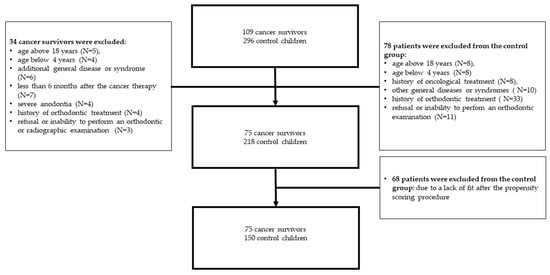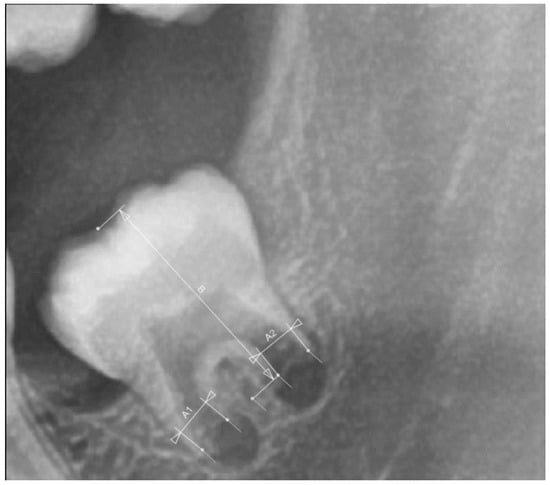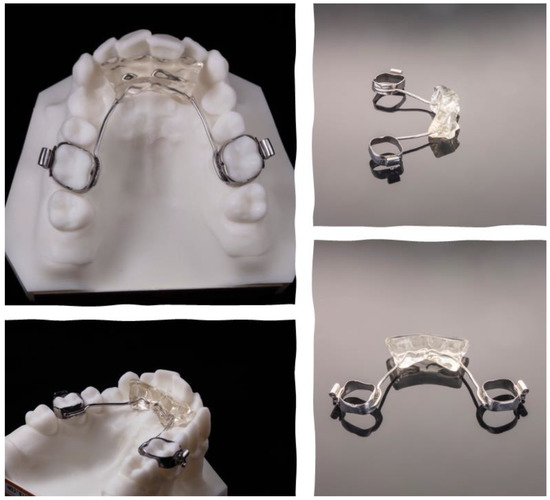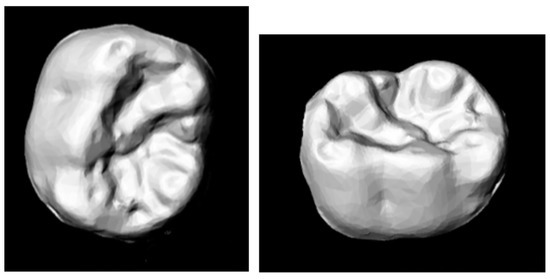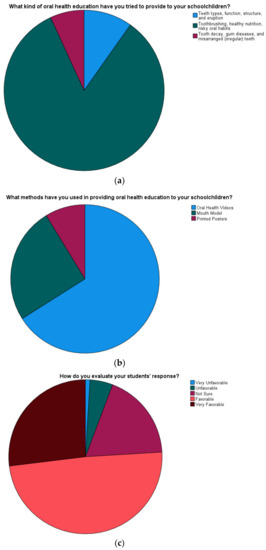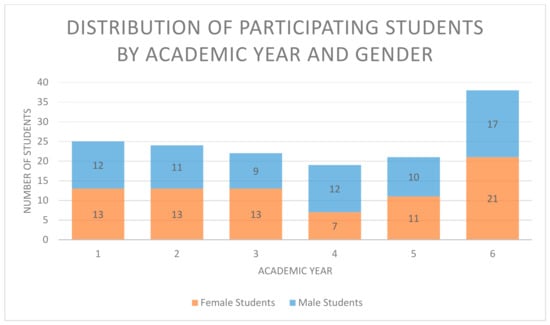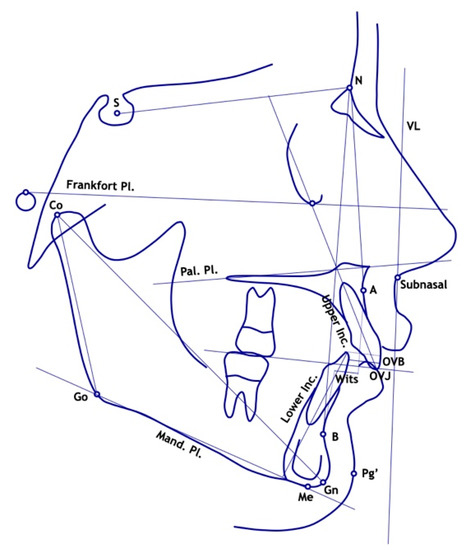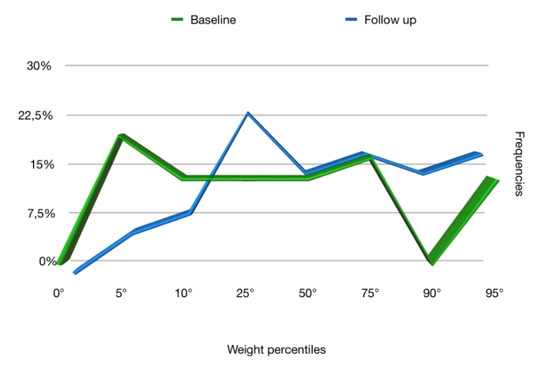Oral Health Preventive Approaches and Related Behaviors in Growing Subjects (Closed)
A topical collection in International Journal of Environmental Research and Public Health (ISSN 1660-4601). This collection belongs to the section "Global Health".
Viewed by 66722Editors
Interests: orthodontics; temporomandibular disorders; oral hygiene; growing subjects; digital orthodontics; functional orthodontic appliances; digital dentistry
Special Issues, Collections and Topics in MDPI journals
Interests: interceptive orthodontics; oral hygiene; functional orthodontic appliances; orthodontic materials; temporomandibular disorders; digital orthodontics; digital dentistry
Special Issues, Collections and Topics in MDPI journals
Topical Collection Information
Dear Colleagues,
Recent years have seen increased clinical interest in the treatment of oral diseases in growing subjects, because early treatment is able to prevent worse consequences in adults. Caries treatment and management in early age, interceptive orthodontics, and myofunctional rehabilitations allow for the achievement of better outcomes after the end of growth. For example, the early correction of maxillary constriction reduces the incidence of oral breathing which is a risk factor for caries and obstructive sleep apnea syndrome.
Children’s psychosocial attitudes and behaviors are able to influence the results of the preventive approach in oral health. Feeding, healthy eating, bad oral habits, self-esteem, physical comfort, sport activity, oral hygiene practices, pain management, treatment compliance, dental anxiety, oral health knowledge, lifestyle of parents, and access to healthcare and dental insurance, as well as other socioeconomic factors, are some among many that have an impact on the effectiveness of a preventive approach.
Recently, new technologies have helped clinicians in improving the compliance of youngsters in oral health procedures, also reducing the caries risk and social impact of orthodontic appliances, thanks to clear aligners.
Despite this, treatment outcomes are still variable, and the literature lacks published results that would be fundamental in prompting the clinician to choose the most suitable approach for each clinical condition.
The aim of the present topical collection is to show the results of clinical therapies and compare alternative treatment solutions in order to improve preventive approaches in pediatric dentistry and orthodontics. These aims will be achieved through the publication of original manuscripts with scientific relevance in the form of research articles, original reviews, or high-quality case reports on new techniques or clinical solutions.
You may choose our Joint Topical Collection in JCM.
Dr. Alessandro Nota
Prof. Dr. Simona Tecco
Collection Editors
Manuscript Submission Information
Manuscripts should be submitted online at www.mdpi.com by registering and logging in to this website. Once you are registered, click here to go to the submission form. Manuscripts can be submitted until the deadline. All submissions that pass pre-check are peer-reviewed. Accepted papers will be published continuously in the journal (as soon as accepted) and will be listed together on the collection website. Research articles, review articles as well as short communications are invited. For planned papers, a title and short abstract (about 100 words) can be sent to the Editorial Office for announcement on this website.
Submitted manuscripts should not have been published previously, nor be under consideration for publication elsewhere (except conference proceedings papers). All manuscripts are thoroughly refereed through a single-blind peer-review process. A guide for authors and other relevant information for submission of manuscripts is available on the Instructions for Authors page. International Journal of Environmental Research and Public Health is an international peer-reviewed open access monthly journal published by MDPI.
Please visit the Instructions for Authors page before submitting a manuscript. The Article Processing Charge (APC) for publication in this open access journal is 2500 CHF (Swiss Francs). Submitted papers should be well formatted and use good English. Authors may use MDPI's English editing service prior to publication or during author revisions.
Keywords
- oral health
- growing subjects
- children psychosocial attitudes
- orthodontics
- dentofacial orthopedics
- oral hygiene
- interceptive orthodontics
- malocclusions
- preventive approach






